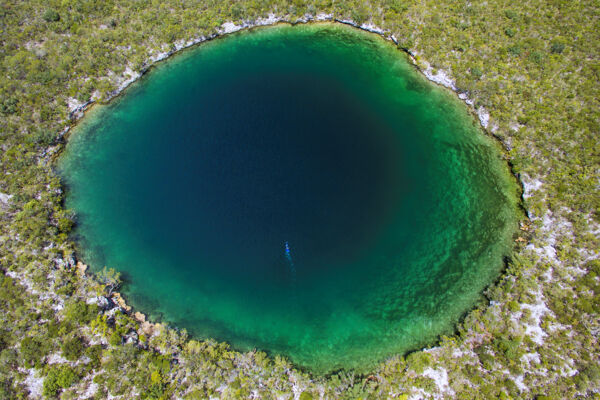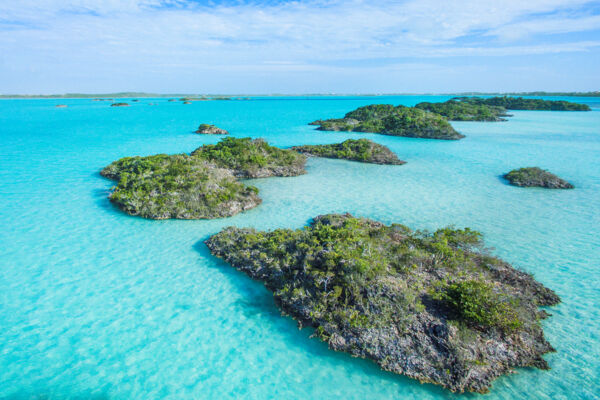Turks and Caicos Natural Sights & Attractions



















Natural attractions in the Turks and Caicos can generally be split into one of two groups: coastlines and wetlands, and Karst Process-formed caves, sinkholes, and blue holes.
In many of the country's coastal and wetland environments, you'll find unique vegetation, excellent birdwatching, and peaceful vistas. Don't forget to bring your camera—the Turks and Caicos is a great place for nature photography.
Turquoise Water and Mangrove Habitats
The Turks and Caicos is made up of very small low-lying islands. Due to the low elevations, tidal wetlands and flats are common in the country and are extensive on North Caicos and Middle Caicos. These wetlands and shallows are havens for wildlife, offering shelter for birds and juvenile turtles, queen conch, and sharks.
Although not common, another beautiful type of coastline found in the country is high limestone cliffs. Examples include the impressive Mudjin Harbour on Middle Caicos and West Harbour Bluff on Providenciales.
Caves, Sinkholes, and Blue Holes

The Turks and Caicos Islands primarily have a limestone foundation. When ocean levels were lower, this comparatively soft stone would be dissolved in places where acidic rainwater would collect as it drained to the water table. The resulting features are sinkholes, blue holes (underwater sinkholes), and submerged and non-submerged cave systems. Such features can be found at all elevations in the islands. This system of dissolution is referred to as the Karst Process.
The slow-acting Karst Process has had a significant impact on the islands and all of the main Caicos Islands have many features formed in this way. In most cases, examples are simply small diameter and shallow sinkholes, but underwater cave systems are common as well. Non-submerged caves are less common, but examples of varying size can be found on Middle Caicos, East Caicos, and Providenciales.

